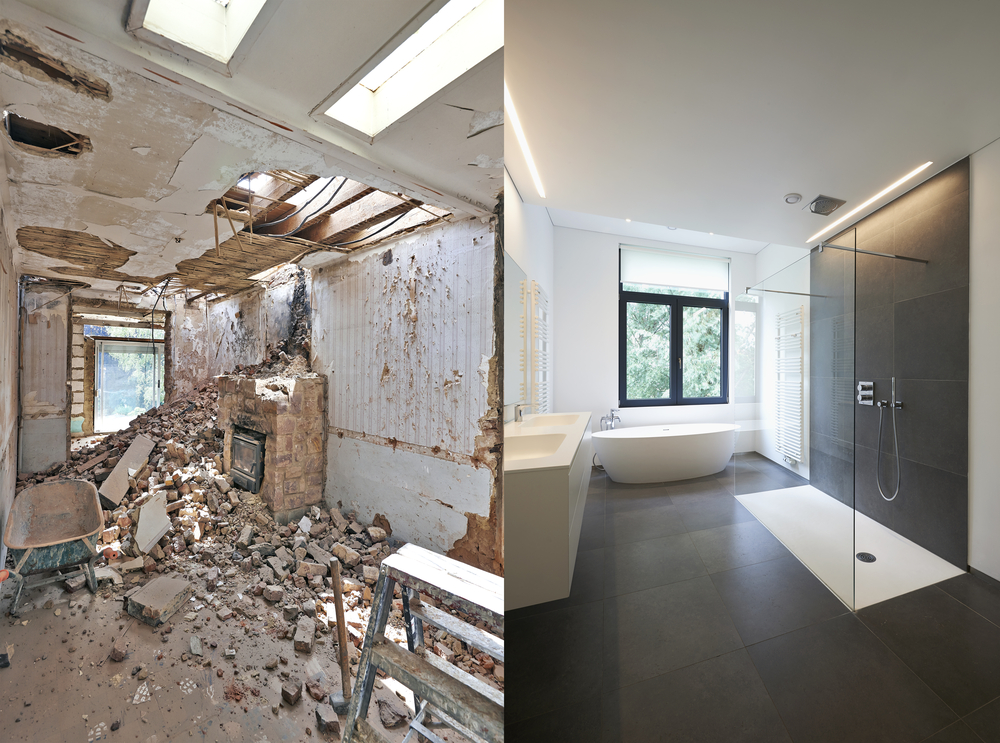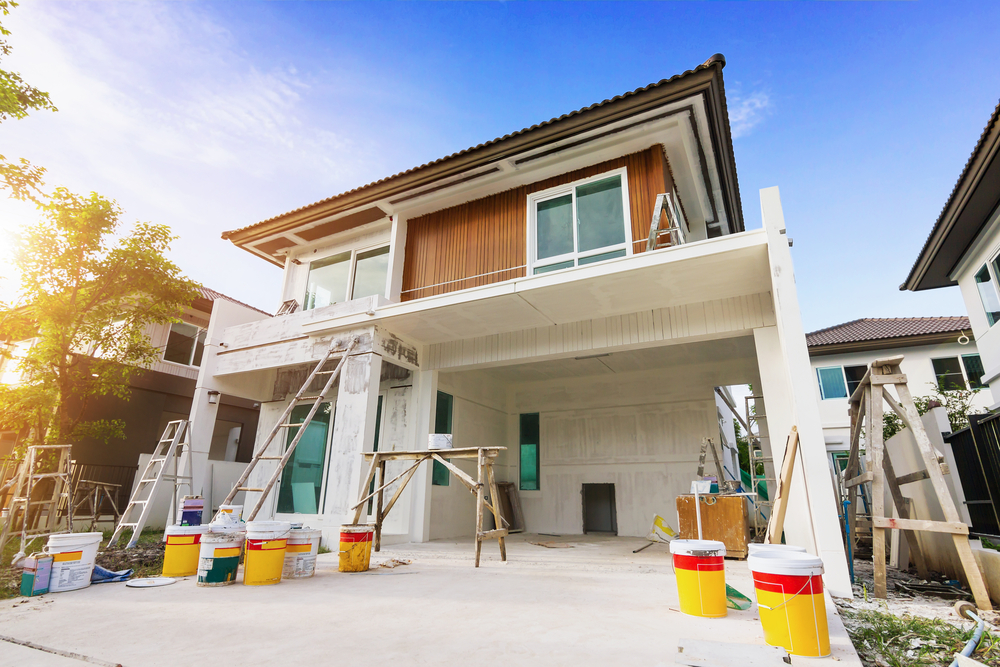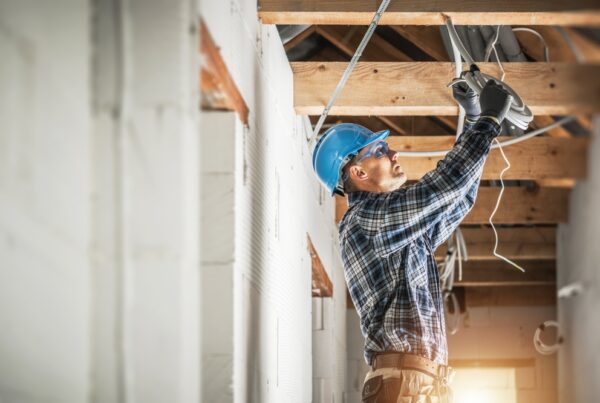A home buyer usually does not pay goods and services tax (GST) on a home except if they buy a new home that has not been sold before as residential property. However, when a home that has been “substantially renovated” is sold, the buyer may have to pay GST. This can add 10 per cent to the price of the home for the buyer.

The problem home buyers face is that what qualifies as a “substantial renovation” is uncertain. The Australian Taxation Office does provide some guidance on this in a ruling. However, the definition is subject to interpretation.
My research has looked at the approaches to answering this question in Australia, Europe and Canada. Whether a renovation has transformed an existing home into a “new home” for GST purposes has been the subject of litigation in almost all countries where such a distinction is made. The experience of other countries may provide a guide to reforms that could be made in Australia to provide home buyers and sellers with more certainty.
If tax law applied a test based on the renovation cost as a percentage of the post-renovation resale value of the home to determine if there is a substantial renovation, that would give buyers greater certainty.
Renovation boom has added to uncertainties
Two-thirds of Australians live in homes they own (outright or with a mortgage). Home renovations appear to have become increasingly popular.
Housing is becoming less affordable, the latest ANZ CoreLogic Housing Affordability Report shows. Housing prices and rents have increased, along with the cost of debt. It is taking longer to save for a home deposit. There is a housing supply shortage.
Fewer home owners can afford to move. Many are renovating instead. Landlords, too, are often renovating to take advantage of higher rents.
Not all renovations are publicly reported, but Australian Bureau of Statistics data show both owner-occupiers and investors have been taking out more loans for alterations, additions and repairs since the start of COVID-19.
Why renovations can make buyers liable for GST
Most existing home purchases are not subject to GST. GST is payable when buying a newly built home and potentially when buying a “substantially renovated” home.
GST taxes the value of consumption of many goods and services. The value of consumption is assumed to be the market value.
GST is charged when a “new home” is first bought. For the sake of simplicity, it is assumed the purchase price of a new home when it is first bought is equal to the present value of all future consumption of the home. This means future buyers of the home generally don’t have to pay GST.
However, where a home is substantially renovated it is assumed most of the original value of the home that was subject to GST the first time it was sold has been consumed. The value added by a substantial renovation means the home is regarded as new. A buyer of a substantially renovated home may be required to pay 10 per cent GST.
But what is a ‘substantial renovation’?
A minor repair will clearly not lead to substantial value being added to a home. On the other hand, if a home is demolished and replaced by a new one, the buyer of the new home may have to pay GST. It’s less clear what the GST treatment should be when a renovation falls somewhere in between these two extremes.
Canadian cases provide helpful examples of renovations falling along the spectrum. This issue is often litigated in Canada partly because home owners may be eligible for GST rebates where they live in a substantially renovated home. The outcomes of these legal cases have been inconsistent.
In one case, a basement was added, one floor of the house was gutted and renovated, the electrical system, plumbing, flooring, roof and windows were replaced, and a kitchen was extended. The court decided this was a substantial renovation.
In another case, a new hallway was added, part of the roof and the ceilings were raised, the house was re-insulated, and a porch was added. A garage was demolished and replaced with a two-storey addition and basement. The addition included living space, a bedroom and bathroom. The court decided this was not a substantial renovation, despite significant value being added.
So how can we settle the issue?
A test could be adopted in law to provide certainty about what is a substantial renovation.
A logical test could deem a home renovation to be substantial if its cost is 50 per cent or more of the post-renovation resale value of the home. The cost of the renovation could be verified with receipts.
This means minor changes that do not add significant value to a home would not lead to a future buyer having to pay GST. GST would be potentially payable only when most of the value of the home being bought has been added by a renovation.
Author
Christine Peacock
Lecturer in Law, Federation University Australia
This article is republished from The Conversation under a Creative Commons license. Read the original article here.




